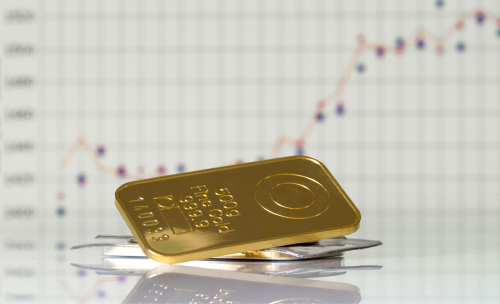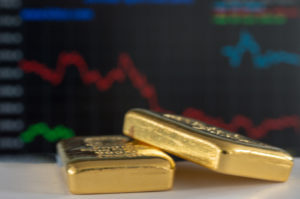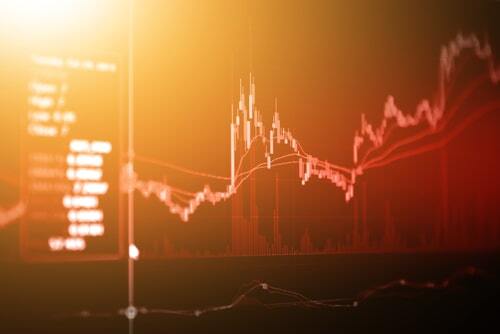
Catching gold's elusive $1,700 level: Prices eye coronavirus cases, U.S. Super Tuesday — Pepperstone
The pullback in gold prices offers a buying opportunity, according to Pepperstone, which remains bullish on the yellow metal as it looks to add longs on a move through $1,660 an ounce.
“Investment case hasn’t changed. We are seeing more compelling signs playing through. Gold is trading as a currency in its own right,” Pepperstone’s head of research, Chris Weston, said on Wednesday.
Gold has made solid gains in all kinds of currencies and when there is “too much euphoria” around the gold price it is natural to see some profit-taking, Weston pointed out.
“Gold in theory should be going higher,” he said.
There is fear that coronavirus could spread throughout Europe and the U.S., impacting the supply chains further.
“In this environment, when bond yields continue to make new lows, implied volatility is high, and chances that we are going to need to see not just emerging market central banks coming to the party but also the Federal Reserve cutting rates … gold will trade higher,” he said.
A key level to keep an eye on is a $1,635 downside, Weston noted. “Until a price can close below there on a daily basis, we continue to expect higher levels playing through,” he stated.
If gold can remain above $1,635, then the market can continue to build a base and trading can get its bullish momentum back, Weston added, noting that a move above $1,660 could be enough to get gold to $1,689 and then possibly to even $1,700.
“We are still holding that bullish bias in the short term. In fact if we get a move back above $1,660, we would have more confidence that we can make a move back at $1,689 and perhaps into elusive $1,700 level,” he said.
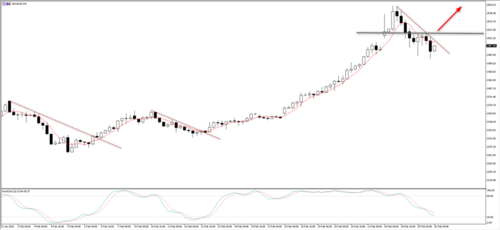
The investment backdrop is positive for gold going forward, according to Weston, who is watching how the coronavirus spreads from here.
“The coronavirus is causing major concerns, and just when the market feels comfortable that recovery rates are improving in China and business slowly comes back towards normal production, the threat of outbreaks in Germany, and the U.S. grip markets – we are already seeing the number of cases in Italy, Korea and the Middle East increasing and stringent measures to contain the spread will impact economics here.”
Gold investors should also be paying attention to the U.S. Super Tuesday on March 3, especially with Bernie Sanders doing well in the polls, Weston noted.
“On the political side we gear up for Super Tuesday (3 March), with expectations high that Bernie Sanders will do well here – gold is our clear hedge against political angst here,” he said. “My theory at the moment is buy the dips in gold prices, break below $1,600 on the downside probably changes that.”
By Anna Golubova
For Kitco News
David

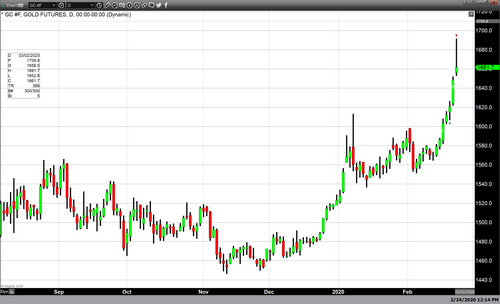
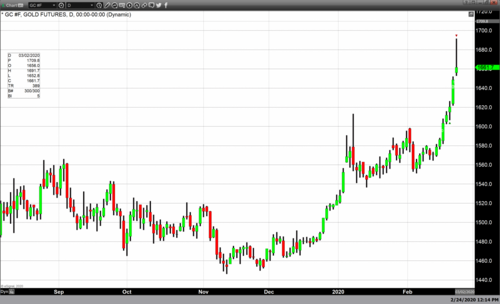
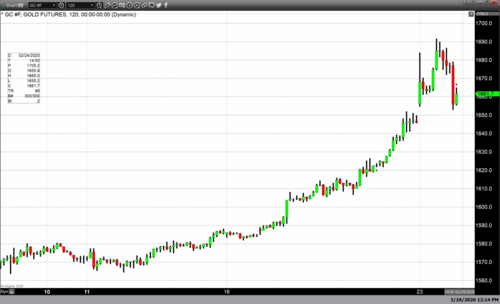
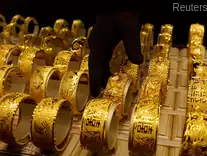
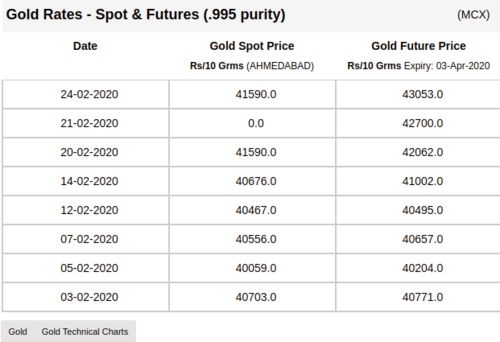
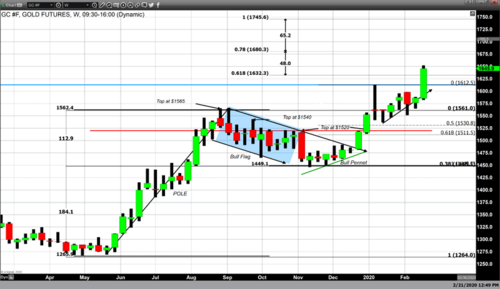
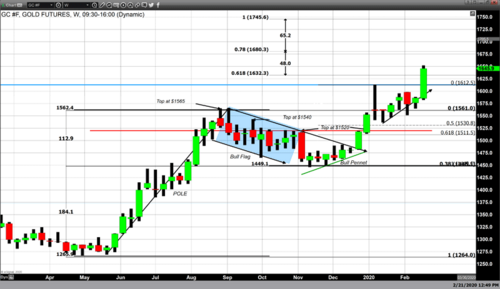
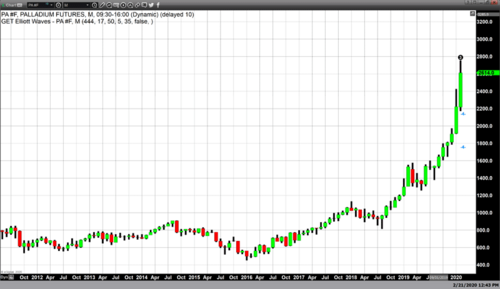
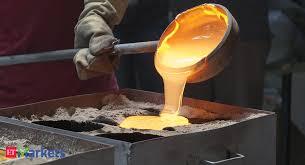

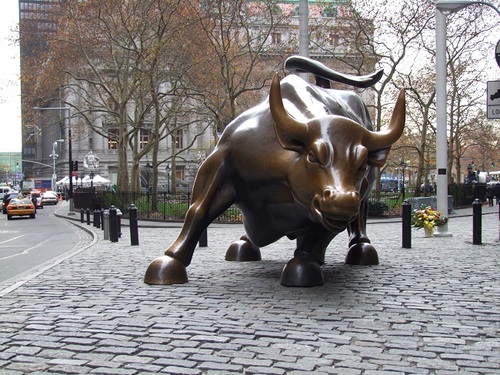
.png)
